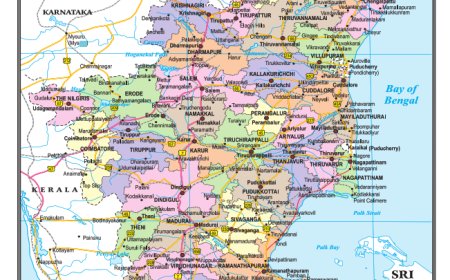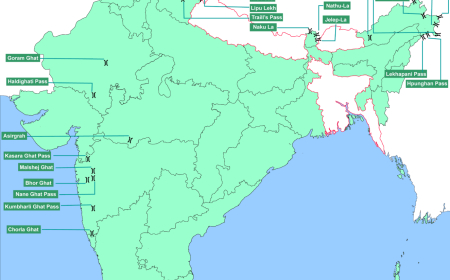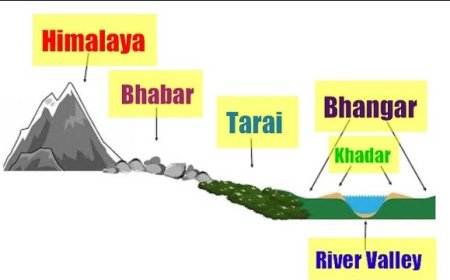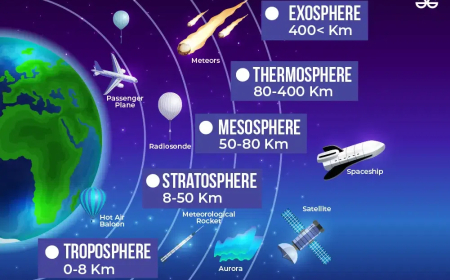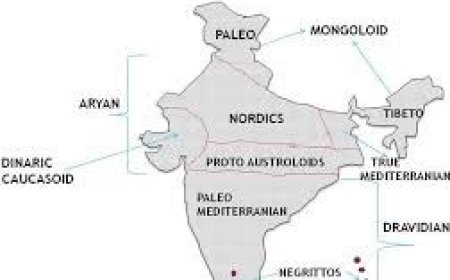Disaster Management
Disaster Management
Meaning: Disaster management refers to the systematic approach to addressing and mitigating the impact of natural and man-made disasters. It encompasses a range of activities, including prevention, mitigation, preparedness, response, recovery, and rehabilitation, to minimize the adverse effects of disasters on people, property, and the environment.
Diagram: A typical disaster management cycle includes:
- Prevention
- Mitigation
- Preparedness
- Response
- Recovery
- Rehabilitation
Prevention, Mitigation, Preparedness, Response, Recovery, Rehabilitation:
- Prevention: Measures taken to prevent a disaster from occurring, such as building codes and land-use planning.
- Mitigation: Efforts to reduce the severity and impact of a disaster, like constructing levees and retrofitting buildings.
- Preparedness: Activities designed to improve readiness to respond to a disaster, including emergency drills and stockpiling supplies.
- Response: Actions taken immediately before, during, and after a disaster to ensure safety and provide emergency assistance.
- Recovery: Steps to return a community to normal or improved conditions after a disaster, such as rebuilding infrastructure.
- Rehabilitation: Long-term efforts to restore and improve the pre-disaster living conditions of affected communities.
NDMA (National Disaster Management Authority):
- Act Year: 2005
- Chairperson: Prime Minister of India
- Vice Chairperson: Nominated by the Prime Minister
- Members: Various experts and professionals from relevant fields
National Disaster Management Plan (NDMP):
- First Year: 2016
- Revised Year: 2019
National Disaster Response Force (NDRF): A specialized force constituted for disaster response under the NDMA.
Emergency Response Support System (ERSS):
- Number: 112 (a unified emergency response number for all types of emergencies)
TNSDMA (Tamil Nadu State Disaster Management Authority):
- Vice Chairman: Chief Secretary of Tamil Nadu
- Members: Various officials and experts from state departments and agencies
TNSDRF (Tamil Nadu State Disaster Response Force): A state-level force dedicated to responding to disasters within Tamil Nadu.
DDMA (District Disaster Management Authority):
- Chairperson: District Collector
- Co-chairperson: Elected representative (often the local MLA or equivalent)
State Disaster Management Plan: A comprehensive plan developed by each state in India to address disaster management at the state level.
Aapda Mitra: A community volunteer program aimed at training volunteers in disaster response to assist local authorities and communities during emergencies.
Coalition for Disaster Resilient Infrastructure (CDRI):
- Who: Launched by the Government of India
- Year: 2019
- Initiatives: Promotes the resilience of infrastructure systems to climate and disaster risks through the sharing of knowledge, technology, and best practices.
Hyogo Framework for Action (HFA):
- Timeframe: 2005-2015
- Objective: A 10-year plan to make the world safer from natural hazards by building the resilience of nations and communities to disasters.
Sendai Framework for Disaster Risk Reduction 2015-2030: An international framework adopted to reduce disaster risk and losses in lives, livelihoods, and health, as well as in the economic, physical, social, cultural, and environmental assets of persons, businesses, communities, and countries.
UNDRR (United Nations Office for Disaster Risk Reduction): An entity of the United Nations responsible for coordinating international efforts in disaster risk reduction and implementing the Sendai Framework.
What's Your Reaction?







